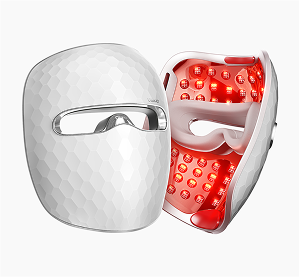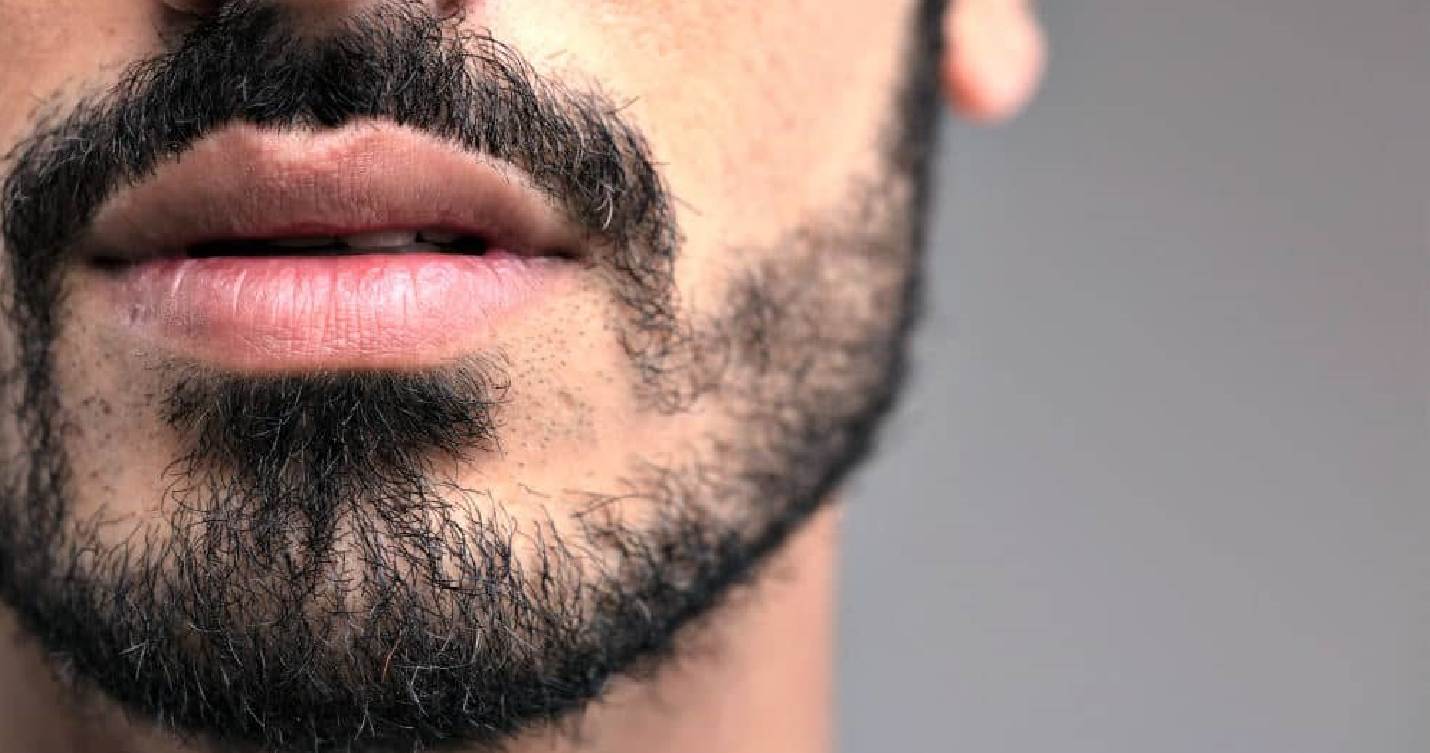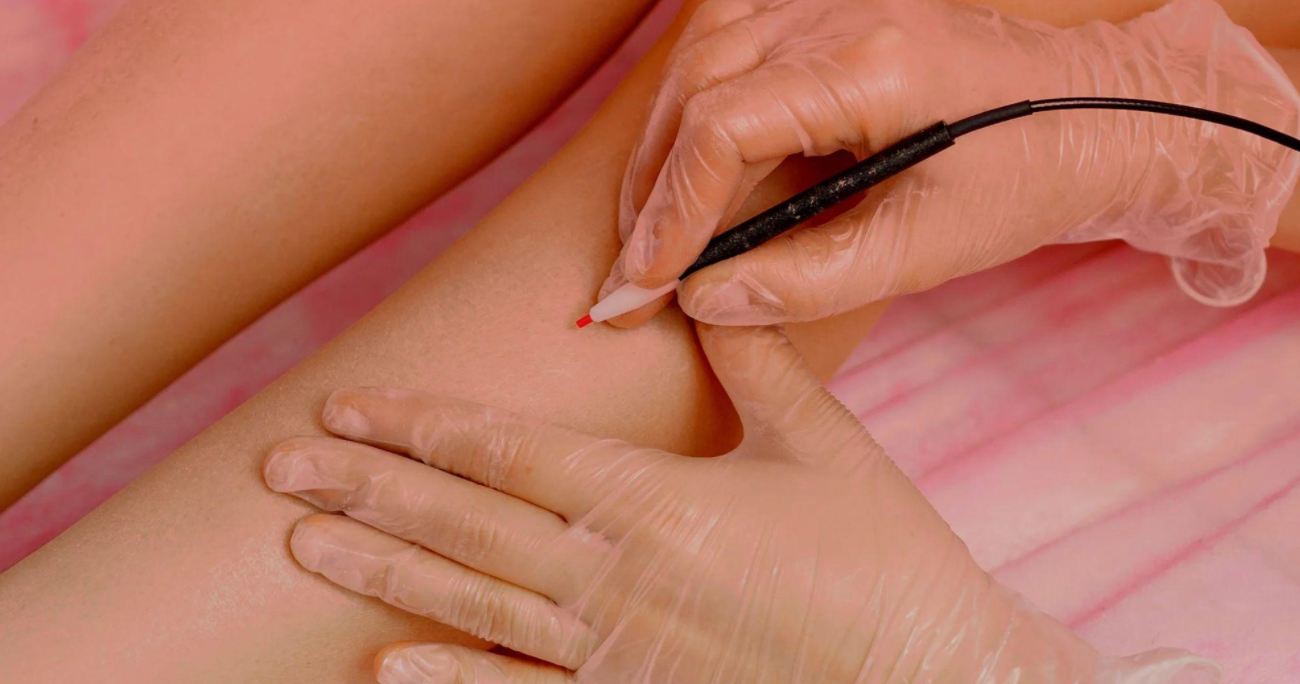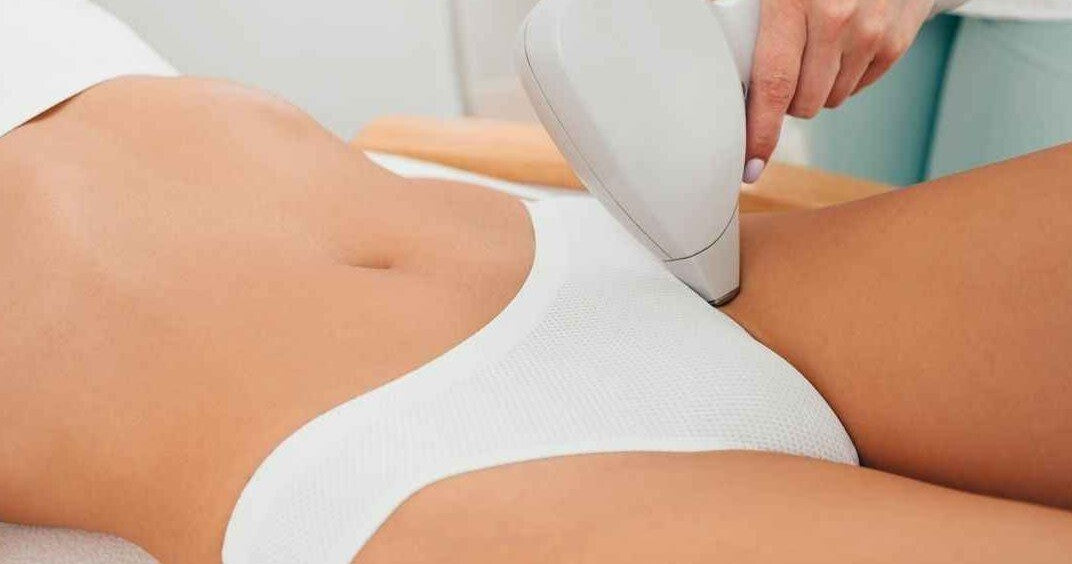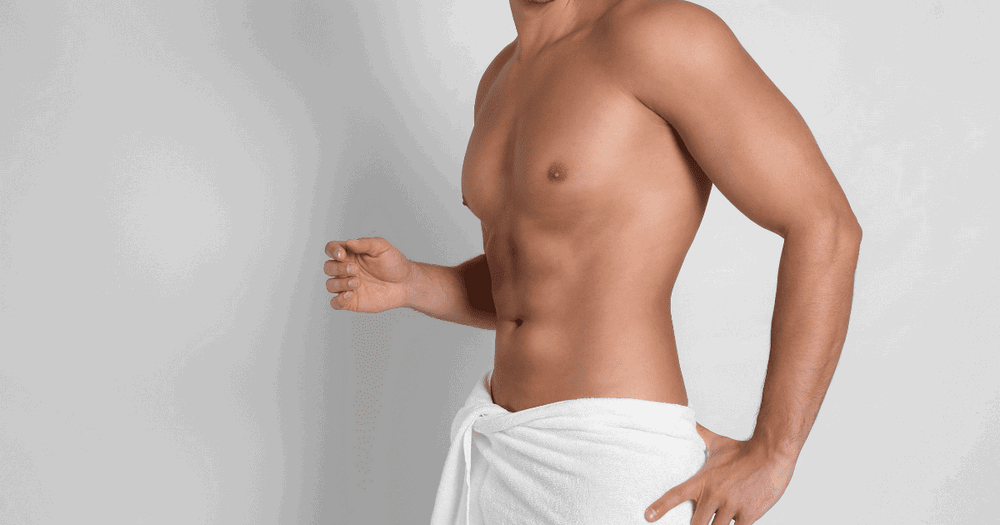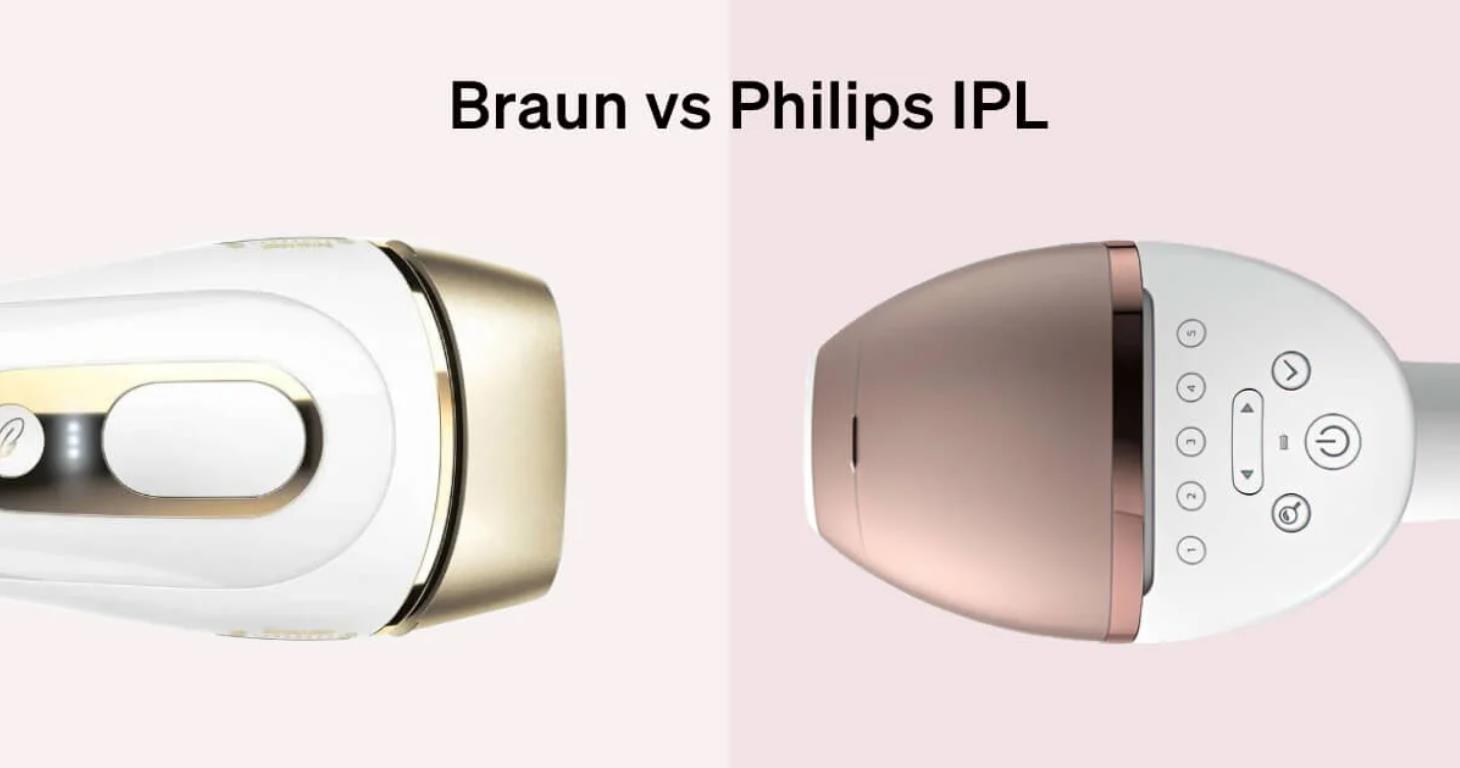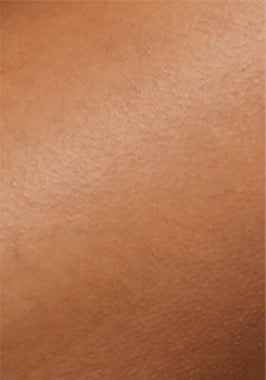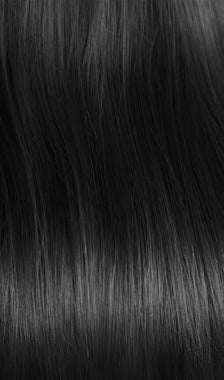Beard growth refers to hair growth in the jaw, chin, cheeks, and neck area. The onset of this hair growth usually occurs during or post-puberty. Young men usually express a desire to grow beards as a means to keep up with trends and traditions.
However, this growth can be interrupted due to several factors and reasons such as age, genetic factors, ethnicity, alopecia areata, and nutrient deficiencies.
This article focuses on explaining why there is no growth of a beard, how to enhance the growth of a beard and signs to look out for that indicate an inability to grow a beard. Read further to know more about beard growth and how to enhance growth.
Table of Contents:- Part 1: What Signs Indicate A Man’s Inability To Grow A Beard?
- Part 2: Why Can't I Grow a Beard?
- Part 3: How to Grow a Beard if You Can’t?
Part 1: What Signs Indicate A Man’s Inability To Grow A Beard?
Inability To Grow Facial Hair During Facial Hair Growth Age
Facial hair growth usually begins post-puberty. It however begins to fully grow two years after the appearance of pubic hair. One is expected to have proper facial hair growth from the ages of 17 to 21. Beard growth is usually a slow process, one may also see hair growth in the early thirties.
If beard growth is not noticeable during these ages, it is highly indicative of the fact that the man is unable to grow a beard.
Normal Hair Growth On Different Body Parts
If there is sufficient and normal hair growth on the hands, chest, legs, pubic area and underarms but little to no facial hair growth on the face it indicates that there is an internal problem or imbalance in the production of dihydrotestosterone that causes the hair to not grow on the face.
In certain scenarios, less hair growth on the hands, chest, legs, pubic area and underarms is also indicative of the fact that one will not be able to grow facial hair. Hair growth on the body is usually due to the play of genetics.
Abnormal Facial Hair Pattern
Noticeable gaps and patches visible in the areas of facial growth and thin and fine growth of hair are signs that one cannot grow facial hair. Uneven and inconsistent growth of hair is caused due to many factors like nutrition deficiencies, hormonal imbalance, genetics, and improper beard care.
Certain men have a genetic predisposition to have an uneven spread of androgen receptors on their faces, causing patchy facial hair growth.
Low Density On The Sideburns
Sideburns refers to the strip of hair grown on each side in front of the ear. Low hair density on the sideburns indicates the inability to grow facial hair. This is usually caused due to hormonal levels, high levels of testosterone production will result in the man having high hair density on the sideburns, and low testosterone levels will cause low-density hair on the sideburns.
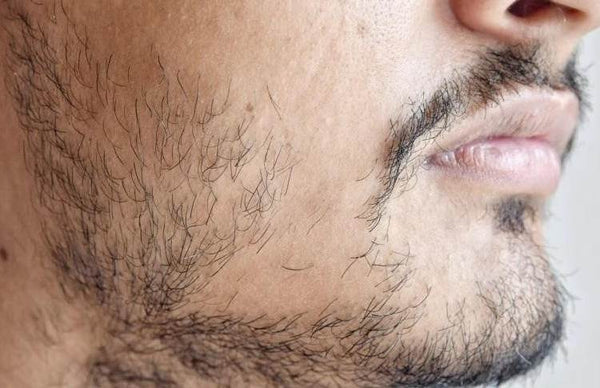
Part 2: Why Can't I Grow a Beard?
Here are some reasons why one cannot grow a partial or full beard:
Genetics
If the man’s forefathers have had thick hair and normal hair growth the son will likely have normal thick hair growth. If the man has a history of men in his family having sparse and minimal facial hair growth, it is likely that he will too have minimal facial hair growth.
Dihydrotestosterone is a hormone responsible for hair growth. It functions to bind receptors to hair follicles causing hair growth. The levels of sensitivity to which the receptor is bonded with the hair follicle are determined by genetics.
Certain Medical Conditions
Medical conditions like alopecia areata can influence beard growth. Alopecia areata is an autoimmune condition that causes hair to fall out in patches, this is usually seen with hair on the head and with facial hair. There is no cure for alopecia areata but the condition can be maintained and managed by the doctor and patients by resorting to treatment measures.
Symptoms of this condition include visible patches in areas of hair growth, itchiness and burning sensation of the skin, and the appearance of white and gray areas. The onset of this condition is usually from 25 onwards to 36 years of age.
Hormonal Imbalances
Two hormones that play a vital role in the growth of facial hair include testosterone and dihydrotestosterone. Both of these hormones function to develop male characteristics such as facial hair.
A man is usually expected to have 10 to 35 nanomoles per liter testosterone level for optimal facial hair growth, anything below this may cause little to no hair growth.
Lack Of Nutrition
Consuming food that lacks nutrition can be a reason behind not being able to grow facial hair. Vitamin A, B-12, C, D, biotin, niacin, and protein are important elements that are necessary for hair growth. Lack of biotin will impair beard growth. Vitamins help with growing thick and healthy hair.
Lazy Or Poor Lifestyle
Having a lazy or poor unhealthy lifestyle can affect beard growth. Lack of sleep, stress, diet, skincare, and lack of physical exercise all have a direct impact on facial hair growth. Lack of sleep and stress causes testosterone and hormone levels to fluctuate, which in turn may cause hair fall or hinder the process of facial hair growth.
Overall General Health Of The Person
If the individual suffers from vitamin B-12 deficiency, biotin deficiency, or any other nutrition deficiencies it may affect the process of facial hair growth. A healthy man is more likely to develop healthy hair due to overall good health.
Clogged Pores & Ingrown Facial Hair
Clogged pores may block out the hair follicle and prevent facial hair from growing. Ingrown hair grows into the skin instead of outward causing infections at times which in turn may prevent facial hair from growing.
Slow Growth Speed Of Facial Hair
Some individuals have a slow growth speed of facial hair when compared to others. For such men, the onset of facial hair may begin in their late 20s and early 30s. In such scenarios patience is key.
Poor Blood Circulation
Ample blood circulation promotes healthy hair growth. If the individual has poor blood circulation, it is likely that the hair follicle has not been stimulated hence there is very little chance of the man developing facial hair. This can be combated by regular exercise and exfoliation.
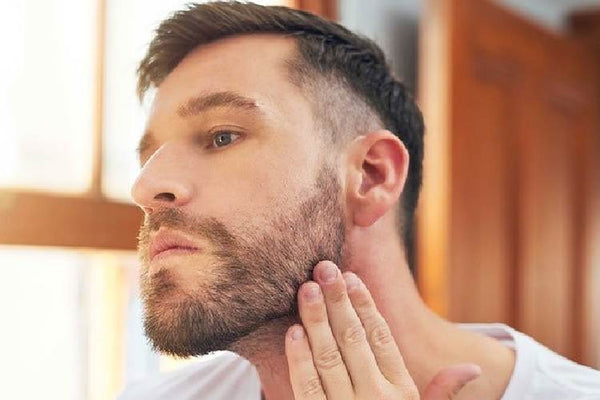
Part 3: How to Grow a Beard if You Can’t?
If one cannot grow a beard, this section explains what helps beard growth:
Get Enough Sleep
Sleep is a necessary element to stay healthy, sleep also directly influences beard growth. Restful and proper 8+ hours of sleep helps increase testosterone levels. Fluctuating and improper sleep schedules directly cause testosterone levels to drop. This drop can hinder the process of facial hair growth.
Cut On Smoking
Smoking causes a reduction in blood distribution in the human body. Hair follicles require proper blood circulation to be stimulated and grow hair. Improper supply of blood hinders this process. Nicotine present in cigarettes dries the blood of its nutrients, this lack of nutrients can prevent facial hair growth.
Try Stress Management
Stress causes the hair growth process to slow down. Facial hair growth has a slow growth process, undergoing stress can further impair the growth process. Stress can also cause thinning of hair and hair loss. During stressful times opt in for healthy coping strategies and stress management tasks such as journaling, taking a walk or a relaxing bath, exercising, and meditating.
Exercise Regularly
Exercise can help boost the production of testosterone which in turn helps with optimal hair growth. This can also help with overall health. Exercise also improves blood circulation, which stimulates hair follicles that cause hair growth. Indulging in heavy weight lifting and strength training are good for increased production of testosterone.
Massage The Face Often
Facial massages are highly beneficial for the skin and for beard growth as well. Face massages help with circulation and blood flow which boosts and stimulates the hair follicle causing hair growth. This can be done with the help of fingers or other tools such as a face roller, gua sha, or a face massager.
Keep The Facial Hair Groomed
Grooming facial hair can help accentuate the growth process. Regularly trimming the beard will help remove split ends and make the beard look presentable and even. Wash the beard often with a beard shampoo and moisturize and condition it with oil regularly as these will keep the beard soft. Brush the beard often to keep it clean and shape it often with a trimmer.
Exfoliate
Exfoliation helps clear off any dirt, dead skin, and impurities present on the skin. Which in turn, stimulates uninterrupted hair growth. This can also help with the reduction of the appearance of ingrown hair. Exfoliation helps maintain a clean environment for optimal hair growth and can aid in proper blood circulation.
Keep The Face Clean
Dust and dirt can clog the skin pores, hindering hair growth. One should consider that the pollutants are increasing in the environment, which triggers the need to keep washing the face multiple times daily. It’s not necessary to clean the face with soap every time, a splash of water 2 to 3 times a day will help keep the skin pores unclogged.
Try Topical Treatments
Topical Treatments that include Minoxidil and Finasteride can help with beard growth. Minoxidil is vital for hair growth, it causes hair growth and increases the thickness of hair. It can be applied to the area required to grow hair. Finasteride, on the other hand, is comparatively less effective but stimulates facial hair growth. Redensyl topical treatments also work wonders for beard growth as they stimulate blood flow.
Take Enough Proteins
One should intake enough proteins so that the body can grow hair properly. Proteins are the building blocks and lack of proteins will hinder hair growth, including facial hair. Pulses, red meat, fish, cheese, and dairy products have a lot of proteins, which one can include in their meals.
Maintain A Balanced Diet
A diet enriched with nutrients is vital for healthy beard growth. Make sure the diet consumed has the presence of biotin, gelation Vitamins A, B-6, B-12, C, D, and E, proteins, and collagen. All the elements are key for beard growth as they help stimulate the hair follicle to grow out a healthy and thick beard.

Conclusion
It’s obvious that a lot of people face issues with facial hair growth and there are so many reasons behind it. However, there are a few ways through which they can notice an improvement in their facial hair growth patterns over time. It’s important to be patient with the treatment and keep a check on the facial hair growth so as to monitor any improvements.
If there are no improvements despite so many attempts, perhaps a doctor can confirm if such people can literally grow a full or partial beard or not.




